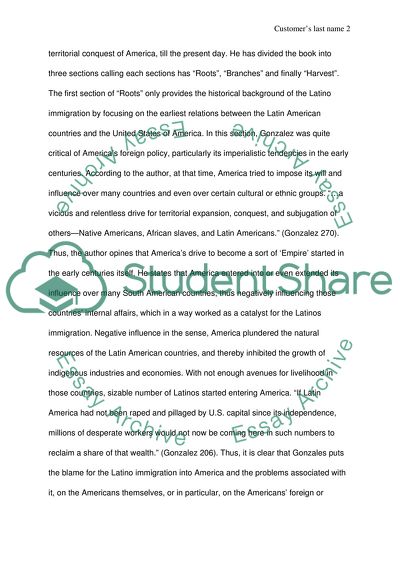Cite this document
(Analysis of Harvest of Empire by Juan Gonzalez Term Paper, n.d.)
Analysis of Harvest of Empire by Juan Gonzalez Term Paper. Retrieved from https://studentshare.org/literature/1758157-on-the-book-harvest-of-empire-by-juan-gonzalez
Analysis of Harvest of Empire by Juan Gonzalez Term Paper. Retrieved from https://studentshare.org/literature/1758157-on-the-book-harvest-of-empire-by-juan-gonzalez
(Analysis of Harvest of Empire by Juan Gonzalez Term Paper)
Analysis of Harvest of Empire by Juan Gonzalez Term Paper. https://studentshare.org/literature/1758157-on-the-book-harvest-of-empire-by-juan-gonzalez.
Analysis of Harvest of Empire by Juan Gonzalez Term Paper. https://studentshare.org/literature/1758157-on-the-book-harvest-of-empire-by-juan-gonzalez.
“Analysis of Harvest of Empire by Juan Gonzalez Term Paper”, n.d. https://studentshare.org/literature/1758157-on-the-book-harvest-of-empire-by-juan-gonzalez.


